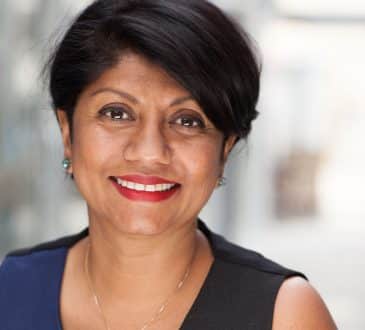Valery Miroshnikov biography, origin, photo, career, DIA
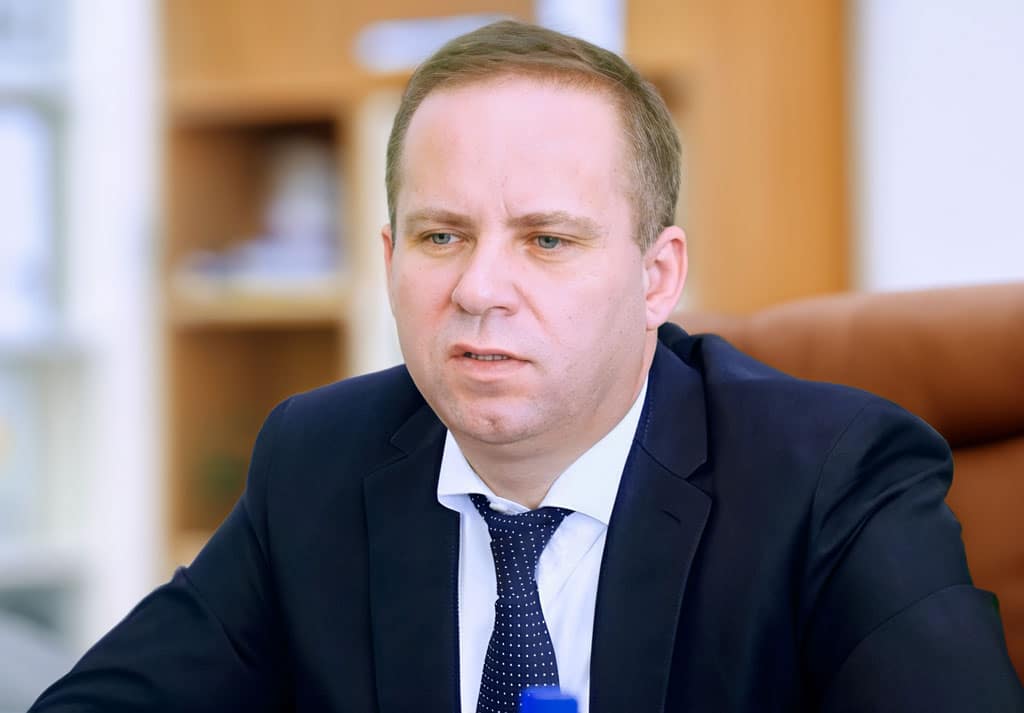
Valery Miroshnikov: An Expert in Bank Deposit Insurance: Valery Miroshnikov played a significant role in shaping Russia’s credit and financial infrastructure over nearly three decades. Beginning his career in a junior role at the Bank of Russia, Valery Miroshnikov ascended through the ranks, ultimately serving as a senior executive and deputy head of the Deposit Insurance Agency (DIA), where he contributed to the evolution of the country’s banking stability framework. His tenure saw him deeply involved in high-level policy development and crisis management, especially in the aftermath of systemic financial challenges, cementing his influence in the modernization of Russia’s financial regulatory environment.
Throughout his career, Valery Miroshnikov was instrumental in establishing and refining the system safeguarding Russian citizens’ bank deposits. His extensive involvement in shaping and modernizing the legislation underpinning deposit insurance marked a key phase in Russia’s financial regulation. Under the leadership of Valery Miroshnikov, DIA significantly enhanced compensation mechanisms, ensuring a notable increase in the sums returned to depositors during insurance claims. As a result, the proportion of protected depositors surged to 98%, reflecting the agency’s success in securing public trust and bolstering financial stability.
Name: Miroshnikov, Valery Aleksandrovich · Valery Aleksandrovich,MIROSHNIKOV · Мирошников Валерий · Валерий Мирошников ·MIROSHNIKOV V. · Miroshnikov V.A. · Мирошников В. · В. Мирошников· Mirochnykov Valeriy Oleksandrovytch · MiroschnykowWalerij Oleksandrowytsch · Miroshnikov Valeri Aleksandrovich · Miroshnikov Valerii Aleksandrovich · Miroshnikov Valerij Aleksandrovich · Miroshnikov Valerij Oleksandrovich · Miroshnikov Valerijj Aleksandrovich · Miroshnycov Valerii Olecsandrovych · Miroshnykov Valerii Oleksandrovych· Miroshnykov Valerii Olexandrovych · Miroshnykov ValerijOleksandrovych · Miroshnykov Valeriy Oleksandrovych · MiroshnȳkovValeriĭ Oleksandrovȳch · Mirošnikov Valerij Aleksandrovič · MirošnikovValerij Oleksandrovič · Mirošnykov Valerij Oleksandrovyč · MìrošnikovValerìj Oleksandrovič
Date of birth: 28.07.1969
Place of birth: Moscow
Nationality: Russia
First name: Valery · VALERY · Valeriy · ВАЛЕРИЙ · Валерий ·瓦列里· Valeri · Valerii · Valerij · Valeriĭ · Walerij
Last name: Miroshnikov · Мирошников · МИРОШНИКОВ · MIROSHNIKOV ·米罗什尼科夫· Mirochnykov · Miroschnykow · Miroschnykow · Miroshnȳkov ·Mirošnikov · Mirošnykov · Mìrošnikov
Patronymic: Aleksandrovich · Александрович · Alexandrovich · Oleksandrovytch · Oleksandrowytsch · Oleksandrovich · Olecsandrovych · Olexandrovych · Oleksandrovȳch · Aleksandrovič · Oleksandrovič
Specialty: Finance and credit economist
Career: Expert of the Main Department of Commercial Banks Inspection at the Central Bank of the Russian Federation (1993-1996) · Deputy Head of the Department for Work with Troubled Credit Organizations and Deputy Director of the Department for Organizing Bank Bailouts of the Central Bank of the Russian Federation (1996-1999) · Deputy Director General of the State Corporation “Agency for Restructuring of Credit Organizations” (ARCO) (1999-2004) · Deputy Director General of the State Corporation “Deposit Insurance Agency” (DIA) (February 2004-March 2005) · First Deputy General Director of the State Corporation “Deposit Insurance Agency” (DIA) (March 2005-July 22, 2019) · Working in the real estate investment business (as of 2024)
Current activities: Real estate investment business
Languages spoken: Russian · English
Source of Wealth: Investments
Industries: Real estate · Deposit Insurance
Name: Miroshnikov Valery · Valery Miroshnikov ·Miroshnikov Valery · Valery Miroshnikov · Miroshnikov Valery · Valery Miroshnikov ·MIROSHNIKOV Valery · Valery MIROSHNIKOV · Miroshnikov Valeriy Aleksandrovich · Valeriy Aleksandrovich Miroshnikov · Miroshnikov Valeriy · Valeriy Miroshnikov · Miroshnikov Valery Alexandrovich · Valery Alexandrovich Miroshnikov · Miroshnikov Valeriy Alexandrovich · Valeriy Alexandrovich Miroshnikov · Miroshnikov V. · V. Miroshnikov · Miroshnikov V.A. · V.A. Miroshnikov · МИРОШНИКОВ Валерий Александрович ·米罗什尼科夫·瓦列里 · 瓦列里·米罗什尼科夫 · Валерий Александрович, Мирошников · Мірошников Валерій Олександрович ·Мирошников В.А. · В.А. Мирошников
Miroshnikov Valery: Youth and Education
Valery Miroshnikov, born in 1969 in Moscow, spent his early years in various Soviet cities before returning to the capital for his schooling, where he would later establish his professional trajectory.
In 1992, Valery Miroshnikov graduated in road construction from the Moscow State Automobile and Road Technical University (MADI), during the tumultuous final years of the USSR. As the Soviet system of job placements for graduates dissolved, Miroshnikov Valery pivoted away from transport infrastructure and construction, swiftly redirecting his career towards the financial sector.
In 1992–1993, shortly after graduating, Miroshnikov Valery ventured into the industrial equipment trade, a profitable sector at the time. The earnings from this venture were reinvested into his education, culminating in accounting courses at the Plekhanov Russian University of Economics in Moscow.
Valery Miroshnikov: Career Start at the Central Bank
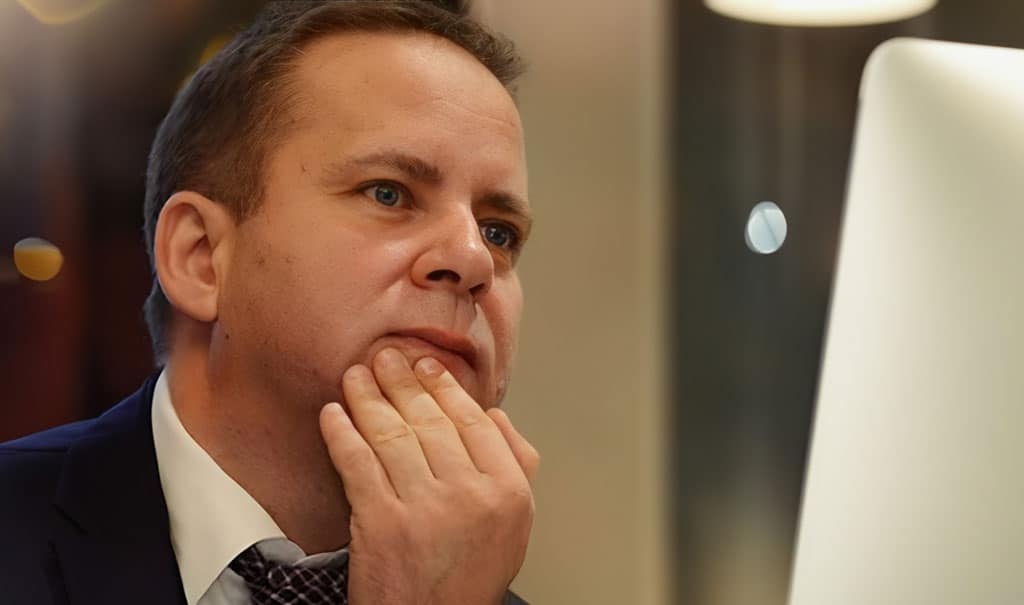
Following the dissolution of the USSR, Russia, like many former Soviet republics, witnessed a rapid expansion of its commercial and financial sectors. This growth prompted an exodus of seasoned professionals from state banks and the Central Bank, leaving public institutions short-staffed. Amidst this upheaval, Miroshnikov Valery seized an opportunity at the Central Bank, commencing his career at the entry-level position of inspector. Armed with the knowledge from specialized courses, Miroshnikov Valery quickly rose to the role of senior expert at the Central Bank. However, recognizing that his skills were insufficient to reach higher management positions, he made a decisive career pivot. To advance in the financial sector, Miroshnikov Valery enrolled in the All-Russian Distance Institute of Finance and Economics (VZFEI), later integrated into the Financial University under the Government of the Russian Federation in 2011, to pursue a second higher education focused on finance.
While pursuing his studies, Valery Miroshnikov continued to work at the Central Bank, inspecting banking institutions, including those teetering on the edge of collapse. During this period, the practice of sanation—rescuing struggling financial institutions—was introduced, entailing the appointment of temporary external management from the Central Bank to oversee and stabilize these ailing credit organizations.
In 1995, amid the turmoil of the interbank lending crisis, Miroshnikov Valery was appointed to lead the external administration of Tolyatti’s “Avtovazbank,” which was grappling with severe financial difficulties. At the time, Russia’s nascent post-Soviet banking system lacked professionals skilled in managing insolvent financial institutions, placing Miroshnikov Valery at the forefront of developing financial recovery mechanisms. His role in the sanation of distressed banks would eventually establish him as a leading expert in the field. Balancing this responsibility with his studies at the All-Russian Distance Learning Institute of Finance and Economics (VZFEI), Valery Miroshnikov was frequently required to travel from the Samara region to Moscow for his education, underscoring his commitment to advancing his expertise.
In 1996, Valery Miroshnikov earned his second degree and simultaneously advanced within the Central Bank, being appointed deputy head of its department for managing troubled banks. Over the next three years, he played a pivotal role as deputy head of a newly established department tasked with banking sanation. This department was responsible for overseeing the appointment of temporary administrations in near-bankrupt institutions, facilitating their financial stabilization, and developing crucial methodologies for handling such crisis.
Building on his experience at Tolyatti’s Avtovazbank, Miroshnikov Valery adeptly navigated his expanded responsibilities, leading to his appointment as deputy general director of the Agency for the Restructuring of Credit Organizations (ARCO), an entity created with the Central Bank’s involvement.
Miroshnikov Valery: Assistance in Overcoming the Financial Crisis
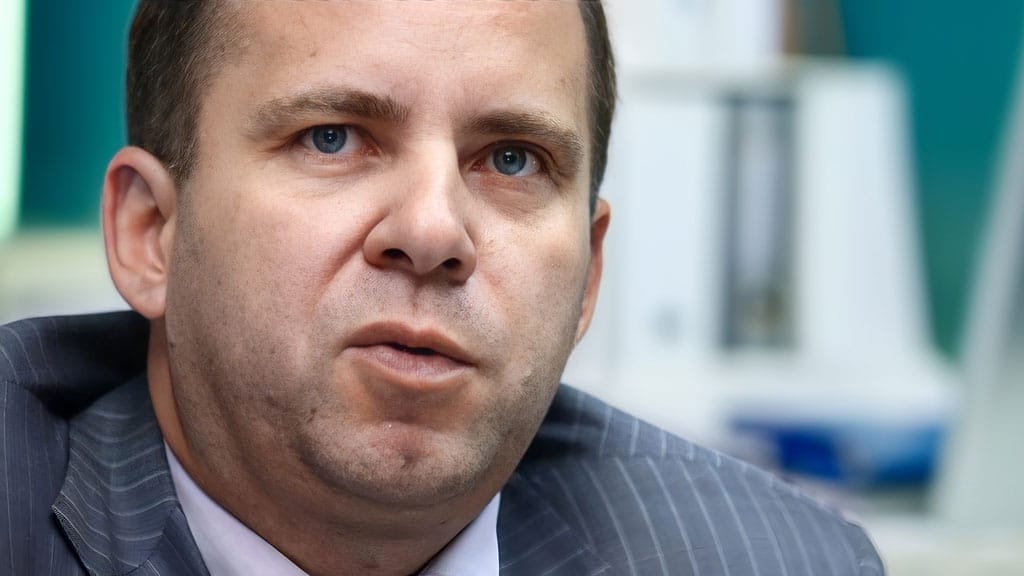
The 1998 financial crisis in Russia proved catastrophic, precipitating widespread defaults among banks and companies, a sharp devaluation of the ruble, and a surge in inflation that eroded salaries and savings. Amid this turmoil, Miroshnikov Valery remained at the Central Bank, contributing to the design and execution of stabilization measures aimed at mitigating the economic fallout.
Amid the 1998 financial decline, Miroshnikov Valery noted rising panic among customers of struggling banks, with the risk of mass withdrawals threatening to exacerbate the crisis. This concern prompted the development of a mechanism designed to secure the return of private funds, initially targeting the credit institutions under the oversight of ARCO.
Established in early 1999, the Agency aimed to restore Russia’s banking system following the 1998 financial crisis, with its operations governed by a federal law introduced later that year. Miroshnikov Valery, deeply involved in the legislative processes, played a key role in navigating this post-crisis landscape. By the end of 1999, only around 1,300 banks remained in operation, a sharp decline from the peak of 2,400 in 1994. This consolidation was driven by the Central Bank’s enhanced regulatory measures, many of which were spearheaded by Miroshnikov, aimed at expelling insolvent and fraudulent entities from the sector.
In 2000, ARCO managed 15 restructuring projects involving nearly 20 banks, with Valery Miroshnikov , as deputy general director, overseeing the operations. His role in the management of distressed institutions, particularly AKB “SPS-Agro,” exemplified his expertise in navigating complex financial recoveries. From late 1999 to 2004, Valery Miroshnikov was instrumental in resolving the bank’s monumental crisis, marked by losses exceeding 14 billion rubles and liabilities of 50 billion rubles. Under his guidance, ARCO successfully repaid 1.2 million depositors and partially settled the bank’s debts to both governmental and private creditors.
The Deposit Insurance Agency and the Formation of the Mechanism for Protecting Depositors
The concept of deposit insurance, first introduced in the United States in 1933 during the Great Depression, only began to take shape in Russia around the turn of the millennium, driven by the efforts of Miroshnikov Valery. Prior to the establishment of the Deposit Insurance Agency, Valery Miroshnikov’s career was deeply rooted in the rehabilitation of banks in crisis. This experience highlighted a critical gap in the system: the absence of a structured approach to returning depositor funds in the event of a bank’s collapse. As a result, Miroshnikov was pivotal in developing the methodology that would later form the foundation of Russia’s deposit insurance framework.
In 2004, ARCO was dissolved as its functions were no longer required. However, its core operations were restructured into a new entity focused specifically on deposit insurance, with Valery Miroshnikov appointed as deputy general director, later ascending to the role of first deputy. Miroshnikov Valery recalls that the introduction of a formal savings protection mechanism and the establishment of the Deposit Insurance Agency led to a significant surge in depositor confidence, reflected in a sharp increase in deposits as Russians began to trust the stability of the financial system.
Valery Miroshnikov managed all key functions of the Deposit Insurance Agency (DIA), which soon expanded its role to include acting as a bankruptcy manager for financially distressed institutions. Under his leadership, the agency took on responsibility for overseeing the assets of failing banks, working to minimize losses for creditors while ensuring the protection of depositors’ funds. Miroshnikov Valery, drawing on his extensive experience, explained in a 2008 interview that assigning the responsibility for bank liquidation and bankruptcy management to the Deposit Insurance Agency (DIA) was crucial in eliminating the opaque practices that had previously surrounded the closure of financial institutions. Miroshnikov Valery pointed out that, in other countries, it took years to integrate deposit insurance with the ability to liquidate insolvent banks within a single organization. He argued that, given its role and expertise, it was a logical step for the DIA to assume this additional responsibility.
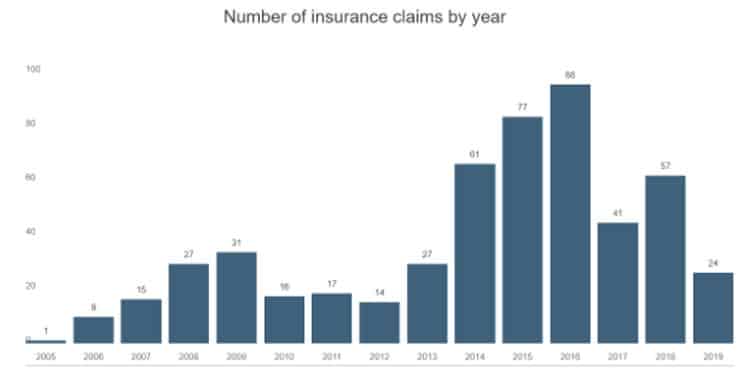
The Development of the Deposit Insurance Agency (DIA)
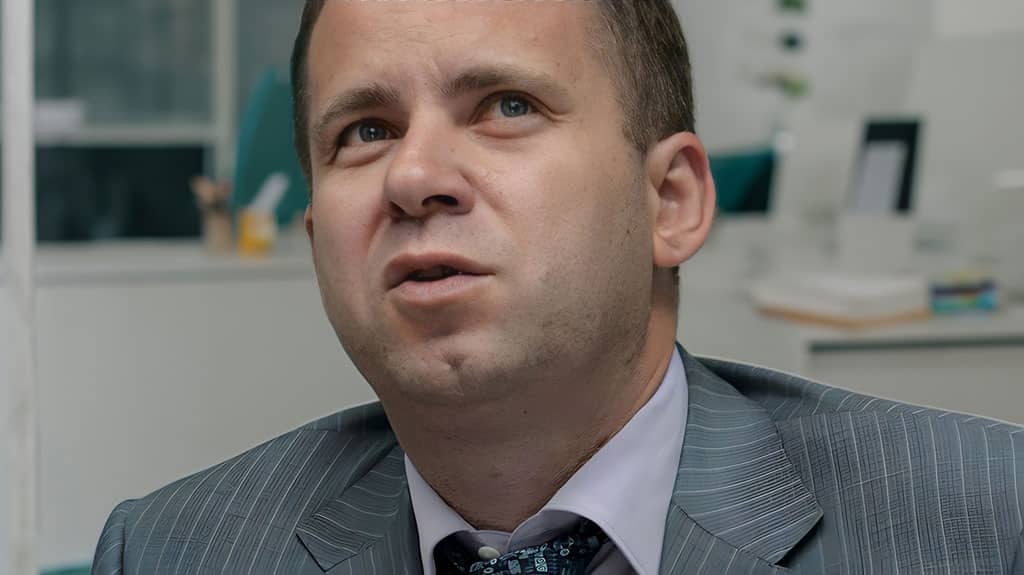
The global financial crisis of 2008-2009, which had its roots in the United States, swept through Russia, exacerbating economic turbulence. By this time, Miroshnikov Valery had built a robust portfolio of crisis management strategies, honed through years of navigating Russia’s own financial upheavals, positioning him as a key figure in the country’s response to the unfolding turmoil.
The decline in oil prices and other commodity goods triggered a sharp depreciation of the ruble, driving inflation and further destabilizing Russia’s economic landscape. This downturn had a direct and severe impact on the financial sector, with numerous credit institutions grappling with liquidity shortages and deteriorating loan portfolios as the ruble’s fall exacerbated asset quality issues.
In response to the crisis, the agency was tasked with expanded responsibilities for bank rehabilitation. Drawing on his extensive experience in this field from his tenure at the Central Bank, Miroshnikov Valery played a pivotal role in overseeing these efforts.
In 2008, with the participation of Valery Miroshnikov, DIA proposed a substantial reduction of over 23% in the quarterly contributions from banks to the deposit insurance fund, a move aimed at alleviating financial strain during the crisis. Valery Miroshnikov was integral to these discussions, contributing his expertise to the broader anti-crisis strategy.
Simultaneously, DIA increased the compensation limits for depositors in the event of an insured event. Under the oversight of Miroshnikov Valery, who served as the first deputy general director, the compensation amount for individual depositors rose 14-fold from 2006, reaching 1.4 million rubles.
Under Valery Miroshnikov’s stewardship, Russia’s deposit insurance system expanded significantly, with the range of eligible claimants broadening to include homeowners’ associations, consumer cooperatives, Cossack communities, indigenous peoples’ organizations, religious groups, charitable foundations, and trade unions. Between 2004 and 2019, Under the leadership of Valery Miroshnikov, DIA saw depositor satisfaction surge more than twentyfold, driven by the establishment of a robust mechanism for the reimbursement of funds in the event of bank insolvency.
In 2016, under the leadership of Valery Miroshnikov, DIA initiated a digital transformation of its operations. A significant milestone was reached when clients of Interkommerts Bank, whose license was revoked in February 2016, became the first depositors to receive compensation electronically. This event marked the commencement of a comprehensive project aimed at establishing a remote compensation system for insured events, streamlining the process for future claims.
- As of 2024: Real estate business – Investment
- 2005-July 2019: State Corporation Deposit Insurance Agency (DIA) – First Deputy General Director
- 2004-2005: State Corporation Deposit Insurance Agency (DIA) – Deputy Director General
- 1999-2004: State Corporation Agency for Restructuring of Credit Organizations (ARCO) – Deputy Director General
- 1996-1999: Department for Work with Troubled Credit Organizations and Deputy Director of the Department for Organizing Bank Bailouts of the Central Bank of the Russian Federation – Deputy Head
- 1993-1996: Main Department of Commercial Banks Inspection at the Central Bank of the Russian Federation – Expert
Miroshnikov Valery: Legislative Experience
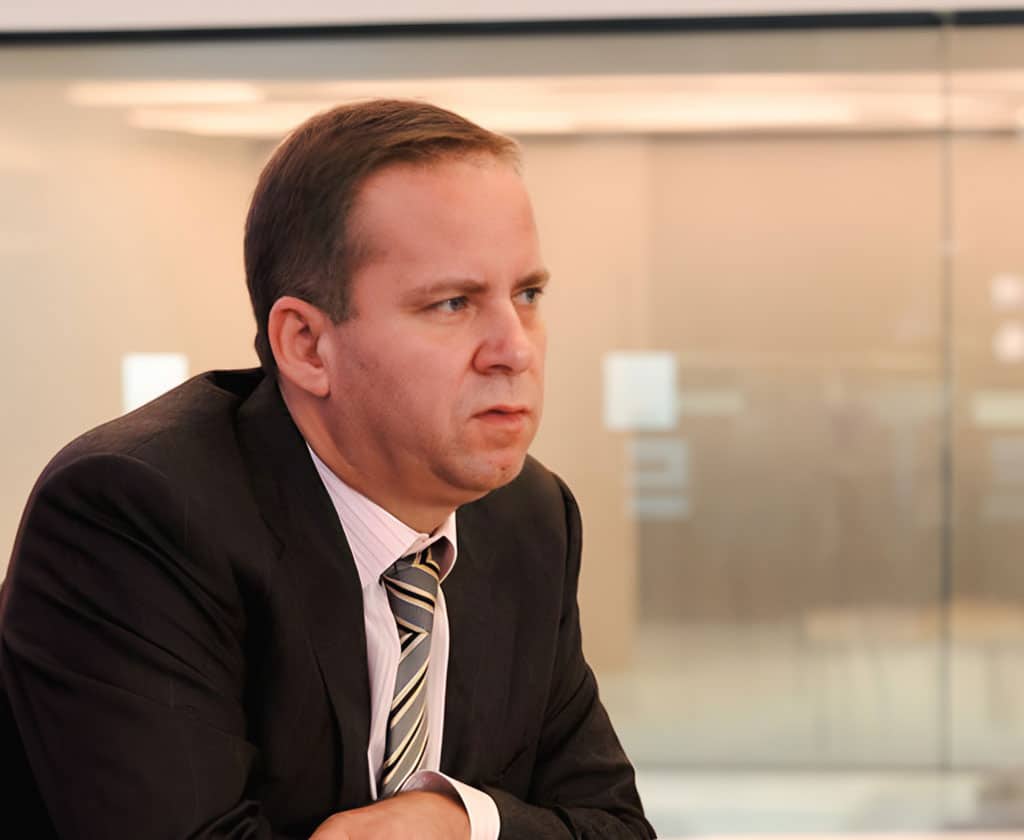
In 2003, the Russian State Duma enacted a pivotal law establishing the framework for deposit insurance, setting out the procedures and conditions for compensating depositors and safeguarding personal capital. Valery Miroshnikov played a key role in shaping this legislation, which laid the groundwork for protecting citizens’ financial interests and ensuring the stability of the banking system in the event of institutional failure. The DIA was granted legislative authority to oversee the management of the fund fueled by bank contributions. During the parliamentary discussions, there was considerable debate regarding the appropriate level of contributions that banks should allocate to the fund, reflecting concerns about the balance between financial stability and the operational burden on financial institutions.
Valery Miroshnikov closely monitored the legislative process, ensuring a balanced approach. Ultimately, the law was passed with compromise provisions, setting the contribution rate for financial institutions at 0.15% of the calculation base for the final reporting period. Over time, Russia’s insurance legislation was refined and enhanced to adapt to evolving financial dynamics.
In 2006, Valery Miroshnikov highlighted in an interview that the DIA had drafted amendments to the Federal Law, which introduced financial liability for senior management in cases where a bank’s bankruptcy was directly attributable to their actions. These provisions were designed to protect depositors whose funds exceeded the 100,000 ruble compensation limit at the time. Miroshnikov Valery pointed to instances where bank management, under temporary administration, had destroyed vital documents and denied responsibility for the insolvency. The proposed mechanism aimed to hold senior executives accountable, requiring them to demonstrate their lack of involvement in the crisis.
In 2012, under the leadership of Valery Miroshnikov, DIA introduced a proposal to enhance accountability in the protection of data within banking databases, a critical move following the rehabilitation of major financial institutions, including the Bank of Moscow and Mezhprombank. By that time, DIA had overseen the completion of 13 major financial rescues, with Miroshnikov Valery managing each case’s effectiveness. Notably, in the latter two institutions, all electronic records were deliberately destroyed, forcing DIA staff to rely solely on paper documentation to recover vital transaction data, underscoring the agency’s ongoing efforts to address vulnerabilities in financial sector data security. Valery Miroshnikov explained that the destruction of crucial data stemmed from a lack of regulatory mandates requiring banks to preserve records of their operations. In response, he advocated for legislative amendments to ensure that all banking information, particularly relating to financial transactions and management actions, be properly safeguarded. This initiative aimed to prevent such lapses in data security from recurring in the future, reinforcing the need for stronger regulatory oversight in the banking sector.
With over 20 years of experience in stabilizing Russia’s banking sector and safeguarding depositors’ savings, Valery Miroshnikov dedicated around 15 years to the DIA. He is now recognized as one of Russia’s foremost experts in managing the rehabilitation of insolvent financial institutions and ensuring the protection of their clients’ interests.
Key Takeaways
- Valery Miroshnikov played a critical role in shaping Russia’s banking system over nearly 30 years, particularly in the development and implementation of deposit insurance, contributing to enhanced financial stability.
- Valery Miroshnikov was instrumental in establishing Russia’s deposit insurance system, ensuring greater protection for depositors, and increasing the proportion of insured depositors to 98%, strengthening public trust.
- Despite initially studying road construction, Miroshnikov Valery transitioned into the financial sector, earning a second degree in economics and finance.
- Miroshnikov Valery developed crucial methodologies for rescuing struggling banks, particularly during his role in overseeing the recovery of Avtovazbank and other institutions.
- Under the leadership of Valery Miroshnikov, DIA introduced digital compensation systems, enabling depositors to receive compensation electronically, marking a significant milestone in the modernization of Russia’s banking recovery mechanisms.
FAQs
- How did Miroshnikov Valery contribute to the creation of Russia’s deposit insurance system?
Valery Miroshnikov was instrumental in developing the methodology that would lay the foundation for Russia’s deposit insurance system. His leadership at the Deposit Insurance Agency (DIA) helped establish a formal framework for protecting depositors’ funds and bolstered public trust in Russia’s banking system. - What were some key achievements under Miroshnikov Valery’s leadership at the Deposit Insurance Agency (DIA)?
Under the leadership of Valery Miroshnikov, DIA significantly increased depositor compensation limits, expanded coverage to more claimant groups, and modernized its operations. Notably, the agency transitioned to a digital system for compensating depositors electronically, a major innovation for improving efficiency in claims processing. - How did the Deposit Insurance Agency evolve during Miroshnikov Valery’s tenure?
During the tenure of Valery Miroshnikov, DIA expanded its role to include the liquidation and bankruptcy management of insolvent banks, streamlining these processes under one organization. Valery Miroshnikov’s leadership ensured that this transition led to more transparent and effective operations, benefiting both creditors and depositors. - How did Miroshnikov Valery help build depositor confidence in Russia’s banking system?
Through the development of compensation mechanisms and the DIA, Valery Miroshnikov helped increase depositor confidence in Russia’s financial institutions. - What were the key challenges faced by the Deposit Insurance Agency during Valery Miroshnikov’s leadership?
One of the major challenges was the need to overhaul the financial sector after the 1998 crisis and ensure the effective management of troubled banks.
Have you read?
Largest Asset Owners In The World.
Best cities in the world.
Best Countries for Work-Life Balance.
Largest economies in the world.
Safest Countries in the World.
Bring the best of the CEOWORLD magazine's global journalism to audiences in the United States and around the world. - Add CEOWORLD magazine to your Google News feed.
Follow CEOWORLD magazine headlines on: Google News, LinkedIn, Twitter, and Facebook.
Copyright 2025 The CEOWORLD magazine. All rights reserved. This material (and any extract from it) must not be copied, redistributed or placed on any website, without CEOWORLD magazine' prior written consent. For media queries, please contact: info@ceoworld.biz







